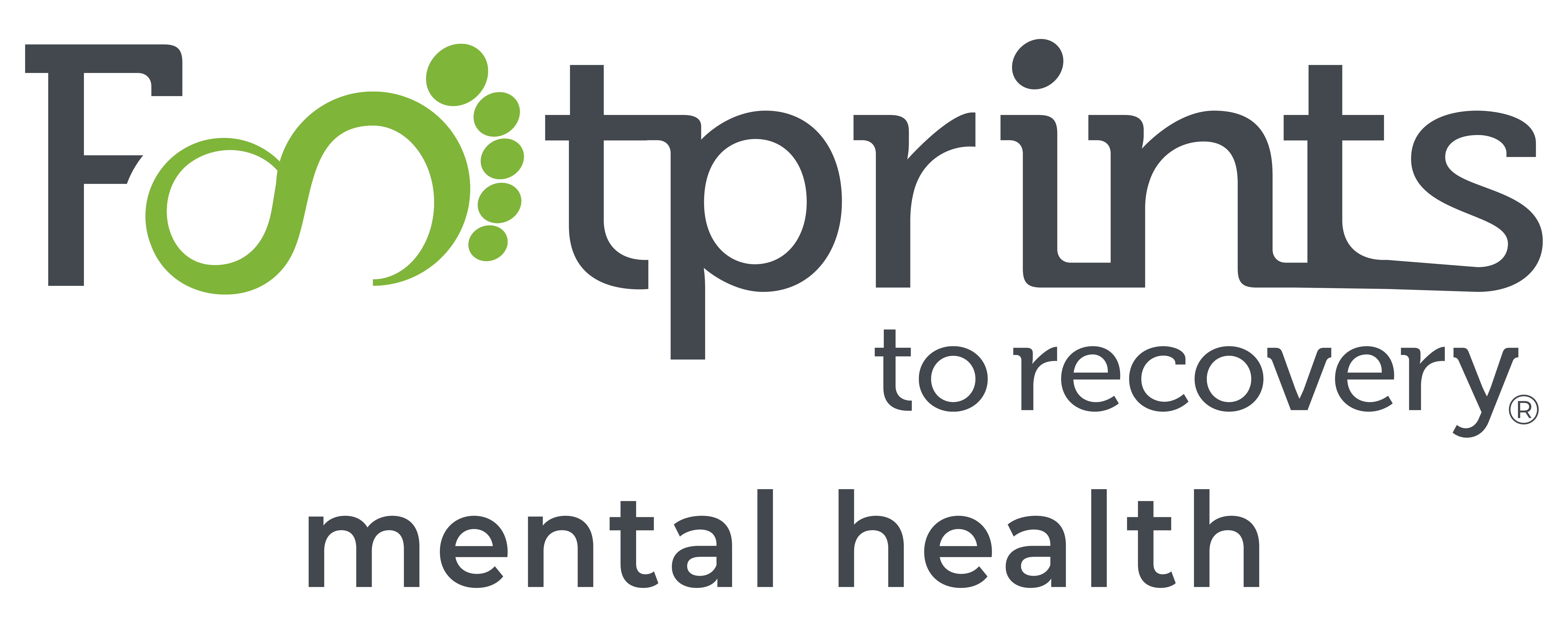As the sunlight disappears and the days get shorter, you may have negative thoughts and feelings. If they come upon you more persistently, especially later in the winter, then it could be that you have seasonal affective disorder. Seasonal affective disorder (SAD) is a type of depression. It happens during certain seasons of the year, most often fall or winter. About five percent of Americans experience SAD every year.
In this article, we’ll go over what you need to know about this condition.
Understanding Seasonal Affective Disorder
Seasonal Affective Disorder is a form of cyclical depression. It typically emerges in the fall and winter, as the days become shorter, receding as the days start getting longer in the spring. The most difficult months for people with SAD in the United States tend to be January and February.
In the Diagnostic and Statistical Manual of Mental Disorders, it is known as “major depressive disorder with seasonal pattern.” Researchers at the National Institute of Mental Health were the first to argue that this disorder was caused by a lack of sunlight. Scientists have discovered that the neurotransmitter serotonin may not be functioning properly in many persons with this condition.
What is SAD?
The DSM-V defines depression with a seasonal pattern as having depression that begins and ends during the same season every year for at least two years.
SAD differs from regular depression in that it tends to be cyclical and is more easily treated (with things such as light therapy, for example).
Some of the symptoms are also different. SAD is characterized by symptoms like increased sleep, appetite, and weight gain. Regular depression (MDD), on the other hand, can occur at any time of the year without a seasonal pattern and involves persistent symptoms such as low mood, fatigue, and changes in appetite or sleep that can last for weeks or longer.
Symptoms of SAD
The most common symptoms of SAD include:
- Depressed mood
- Anhedonia (loss of pleasure in previously enjoyed activities)
- Hypersomnia (or oversleeping)
- Daytime fatigue
- Overeating
- Weight gain
- Craving carbohydrates
Other symptoms people with SAD may experience include:
- Decreased sex drive
- Lethargy
- Hopelessness
- Suicidal thoughts
- Lack of interest in usual activities and decreased socialization
According to the DSM-V, you need to have experienced at least five of the symptoms over a two-week period and represent a change from previous functioning; at least one of the symptoms is either (1) depressed mood or (2) loss of interest or pleasure.
Causes and Risk Factors
There’s not currently a consensus on what causes SAD, but several theories have been proposed.
These include:
- Disturbances in circadian rhythm
- Retinal desensitization (retinas are less sensitive to sunlight)
- Genetic factors
- Dysregulation of neurotransmitters
Risk factors for SAD include:
- People who live far from the equator
- Being female
- Being younger
- Those with family histories of depression, bipolar disorder, or SAD
Reduced light exposure can not only disrupt the body’s circadian rhythm but can also decrease melanin production. This makes it harder to fall and stay asleep. This, in turn, can bring down a person’s mood. Reduced sunlight can also cause a drop in serotonin, a neurotransmitter that affects mood, which can lead to depression as well.
Looking For Mental Health Treatment?
Diagnosis and Assessment
For a diagnosis of SAD (major depression with a seasonal pattern), the patient must meet the following criteria:
- There is a seasonal regularity to the occurrence of major depressive episodes in MDD or mood episodes in bipolar illness.
- Complete remission or a considerable reduction in the intensity of symptoms happens during a specific time of year (for example, depressive episodes decrease in the spring).
- Seasonal mood episodes must have a clear temporal link to certain seasons during the previous two years, with no non-seasonal episodes of the same polarity happening during this time period.
- Throughout the individual’s life, mood episodes having a seasonal rhythm must take precedence over those without one.
After diagnosis, a thorough assessment of symptoms is crucial. Common symptoms of SAD include persistent low mood, loss of interest in activities, fatigue, changes in sleep and appetite, difficulty concentrating, and feelings of hopelessness. For winter-pattern SAD, additional symptoms like hypersomnia, increased appetite (especially for carbohydrates), weight gain, and social withdrawal are often present.
Accurate diagnosis and assessment of SAD are crucial for effective treatment planning. Once diagnosed, treatment options such as light therapy, medication, psychotherapy, and lifestyle changes can be tailored to help manage the symptoms and improve the patient’s quality of life. Footprints to Recovery Mental Health can diagnose if you have SAD and get you the help you need.
Treatment Options for SAD
There are several prominent treatments for Seasonal Affective Disorder. Sometimes, these treatments are combined with each other.
Light Therapy
One of the most well-known treatments for SAD involves what is known as bright light therapy, or light therapy for short.
Light therapy involves exposure to bright artificial light that mimics natural sunlight. This therapy helps regulate mood and alleviate symptoms by influencing the brain’s production of serotonin and melatonin, which are chemicals involved in mood and sleep regulation.
A typical bright light therapy regimen involves delivering light at 10,000 lux for 30 minutes daily, ideally in the early morning hours. The person receiving treatment will typically stand between 60 and 80 centimeters away from the light source. Symptom improvement can come in as little as two or three weeks of bright light treatment.
Medication
Selective serotonin reuptake inhibitors (SSRIs) are regarded as effective main treatments for SAD, whether taken alone or in combination with light therapy. However, both SSRIs and light therapy are ineffective for the prevention of SAD.
That’s where bupropion becomes interesting. Bupropion is the only pharmaceutical medication officially licensed for the prevention of SAD. A Cochrane study published in 2019 found that starting bupropion medication between September and November, before the normal onset of depressive symptoms, resulted in a decreased incidence of recurrent major depressive episodes throughout the winter.
Therapy
Psychotherapy, especially cognitive-behavioral therapy (CBT), can help manage symptoms of SAD by addressing maladaptive thought patterns and behaviors that contribute to sadness. This therapy modality, specifically designed for SAD patients (CBT-SAD), focuses on confronting negative seasonal ideas and adopting behavioral activation approaches.
Over a two-year period, one randomized controlled experiment discovered that CBT was as effective as light therapy while also yielding longer-lasting improvements.
Lifestyle Changes and Self-Care
In addition to light therapy and medication, lifestyle changes play a crucial role in managing Seasonal Affective Disorder.
Spend as much time as possible outdoors during daylight hours, especially in the morning. Try to also arrange your home and workspace to receive maximum sunlight. Sitting near windows and using mirrors to reflect light into darker areas can help increase your exposure to natural light.
Regular exercise is also important. Try to engage in regular physical activity, such as walking, jogging, or participating in a fitness class. Exercise can help boost mood, reduce anxiety, and improve sleep.
Footprints to Recovery Mental Health provides outpatient treatment programs in New Jersey.
Seeking Help for SAD
Recognizing the need for professional help is a crucial step in managing Seasonal Affective Disorder (SAD). If you or someone you know experiences persistent symptoms of depression that significantly impact daily life, it is essential to seek the guidance of a mental health professional.
Some signs that indicate it’s time to seek help include:
- Persistent Low Mood: If feelings of sadness, hopelessness, or irritability last for more than two weeks and occur during a specific season each year.
- Disrupted Daily Functioning: When symptoms interfere with work, school, or personal relationships.
- Physical Symptoms: Significant changes in sleep patterns, appetite, or energy levels that persist and cause distress.
- Suicidal Thoughts: Any thoughts of self-harm or suicide require immediate professional intervention.
Encouraging open communication about mental health and seeking help early can prevent symptoms from worsening and improve the chances of successful treatment.
Finding the Right Treatment Center
At Footprints Mental Health, we approach mental health therapy in a holistic and individualized manner, focusing on each individual’s specific needs and circumstances. Our multidisciplinary team of mental health specialists, which includes psychiatrists, psychologists, therapists, and counselors, works together to create customized treatment programs that meet each client’s unique issues and objectives.
To treat your SAD, we turn to evidence-based methods like CBT and light therapy. Our therapists are educated in these modalities and use them to assist clients in building coping skills, controlling symptoms, and enhancing their overall well-being.
Footprints to Recovery Mental Health’s mission is to inspire individuals to achieve long-term recovery, resilience, and emotional well-being by providing them with the skills and support they require to succeed in life. Contact us today to get started on your recovery journey. Your mental health is important.
References:
- Psychiatry.org – Seasonal Affective Disorder (SAD)
- DSM-5-TR criteria for a major depressive episode – UpToDate
- Second‐generation antidepressants for preventing seasonal affective disorder in adults – PMC
- Outcomes One and Two Winters Following Cognitive-Behavioral Therapy or Light Therapy for Seasonal Affective Disorder – PMC






